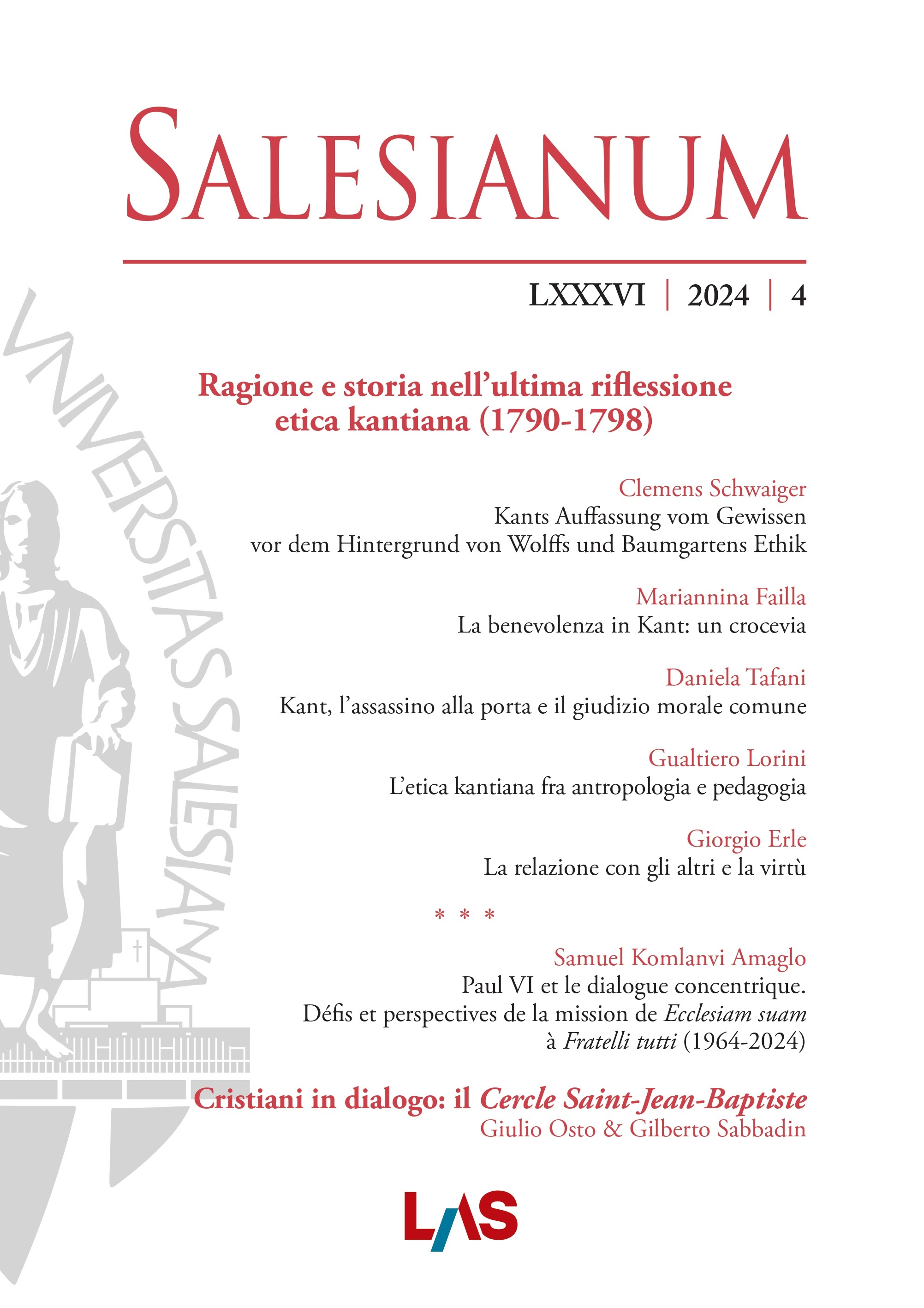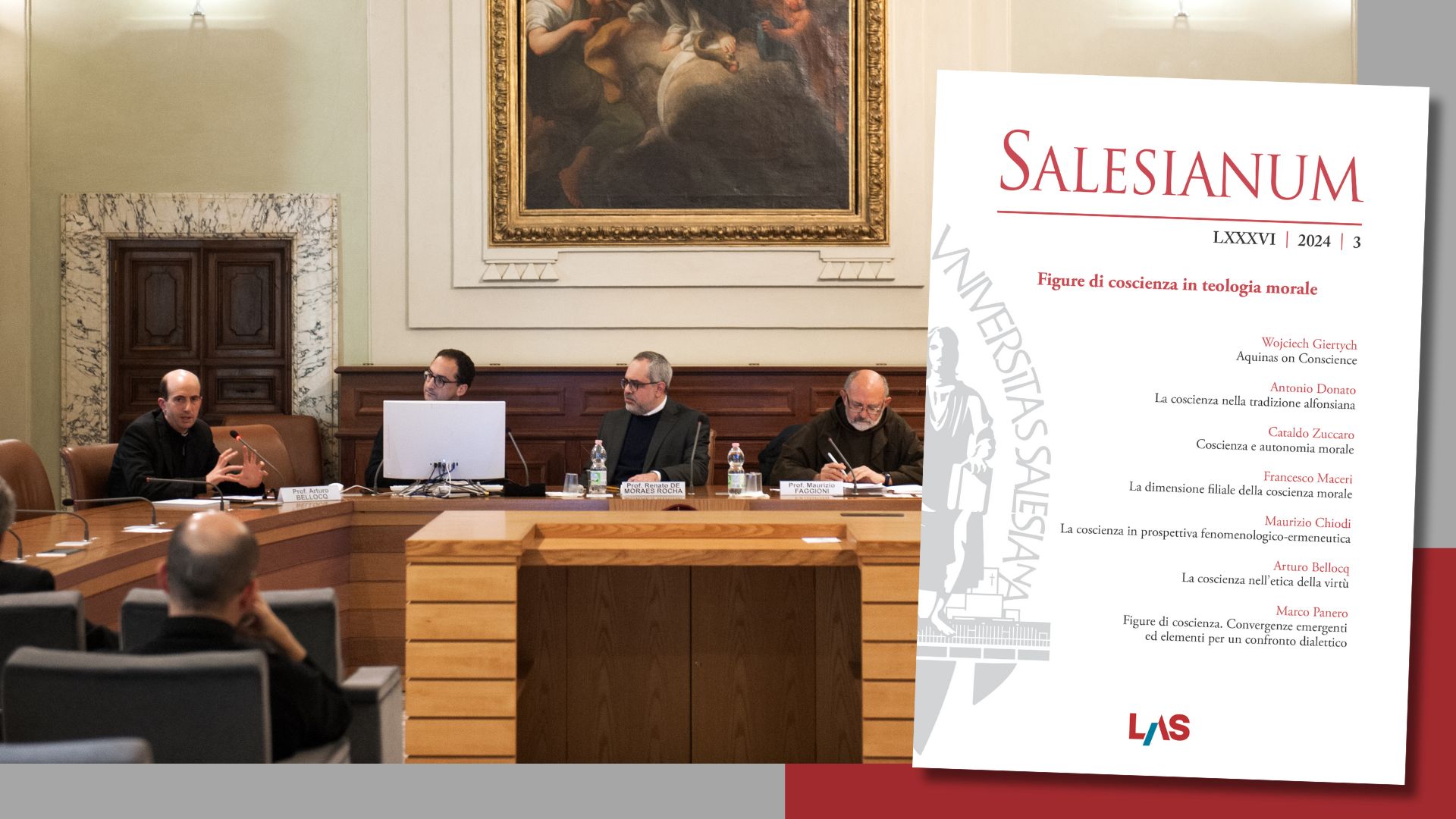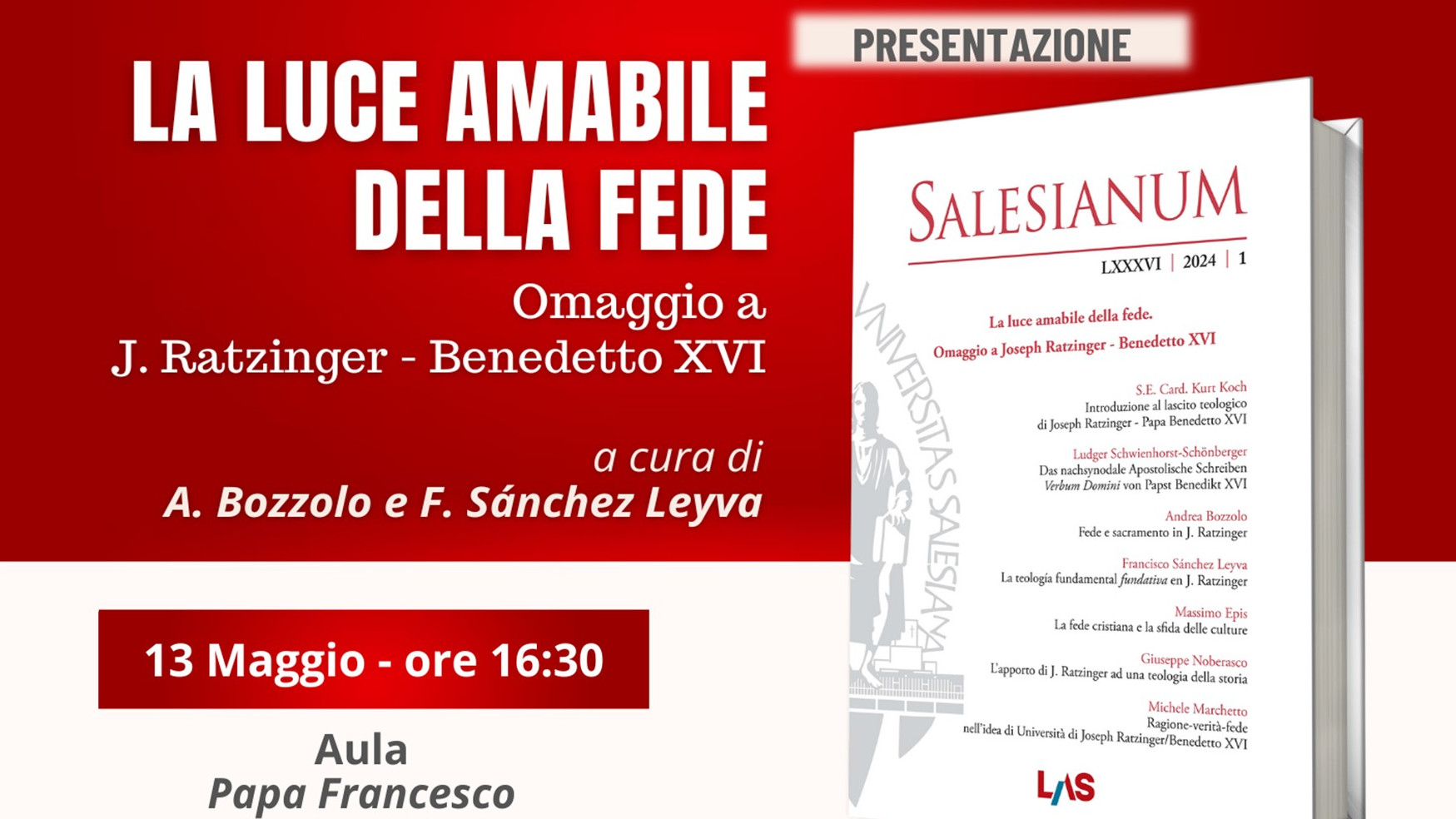Moralium Dogma Philosophorum: luzes e sombras de una obra quase esquecida
Salesianum vol. 81 (2019) n. 3, 428-447
Sezione: Studia
Sommario
Il Moralium Dogma Philosophorum è un compendio morale scritto in latino del XII secolo. L’opera è stata quasi sempre tralasciata dalla critica letteraria perché, secondo molti esperti, era priva di originalità e, in termini semplici, poco innovativa. Attribuita, non senza ragioni e polemiche, a Gugliemo de Conches, filosofo e grammatico medievale, il libro in questione ha attraversato secoli di storia tramite una lunga tradizione di manoscritti importanti. Il nostro articolo cerca di stabilire lo status questionis dell’opera Moralium Dogma Philosophorum e di accennare alla delicata questione della sua attribuzione per analizzare, in seguito, il genere letterario e il contenuto filosofico-morale. Il De honesto et utile, come è anche conosciuto, è un libro che ha goduto di una lunga e ampia diffusione tra i secoli XII e XV nei più alti ranghi culturali della società. Ciò si può capire soprattutto dalla quantità non indifferente di manoscritti e incunaboli che ci sono pervenuti. Dal nord della Francia al Sud dell’Italia, dall’occidente all’oriente europeo l’opuscolo in questione ha avuto una grande portata.
Abstract
The Moralium Dogma Philosophorum is a moral compendium, written in Latin, dating back to twelfth century. The work was almost ignored by the literary critics, which, according to the experts, was due to its lack of originality and was barely innovative or original. For many reasons and polemics, it was attributed to William of Conches, philosopher and medieval grammarian. The work was studied through the centuries, with a long tradition of quite notable manuscripts. This article tries to stabilize the ‘state of question’ of the work Moralium Dogma Philosophorum and to hint at the delicate question of attribution and authorship, and later, to analyze the literary genre and its philosophical-moral content. The work, widely known as De honesto et utile, is a book that was well acclaimed between the twelfth and fifteenth centuries, by the eminent people of the society. This can be understood from various manuscripts that are uncategorized and from the incunabula that we have. The work had a wide range of impact and was well received; from the north of France to the south of Italy; from the east to west of Europe.


